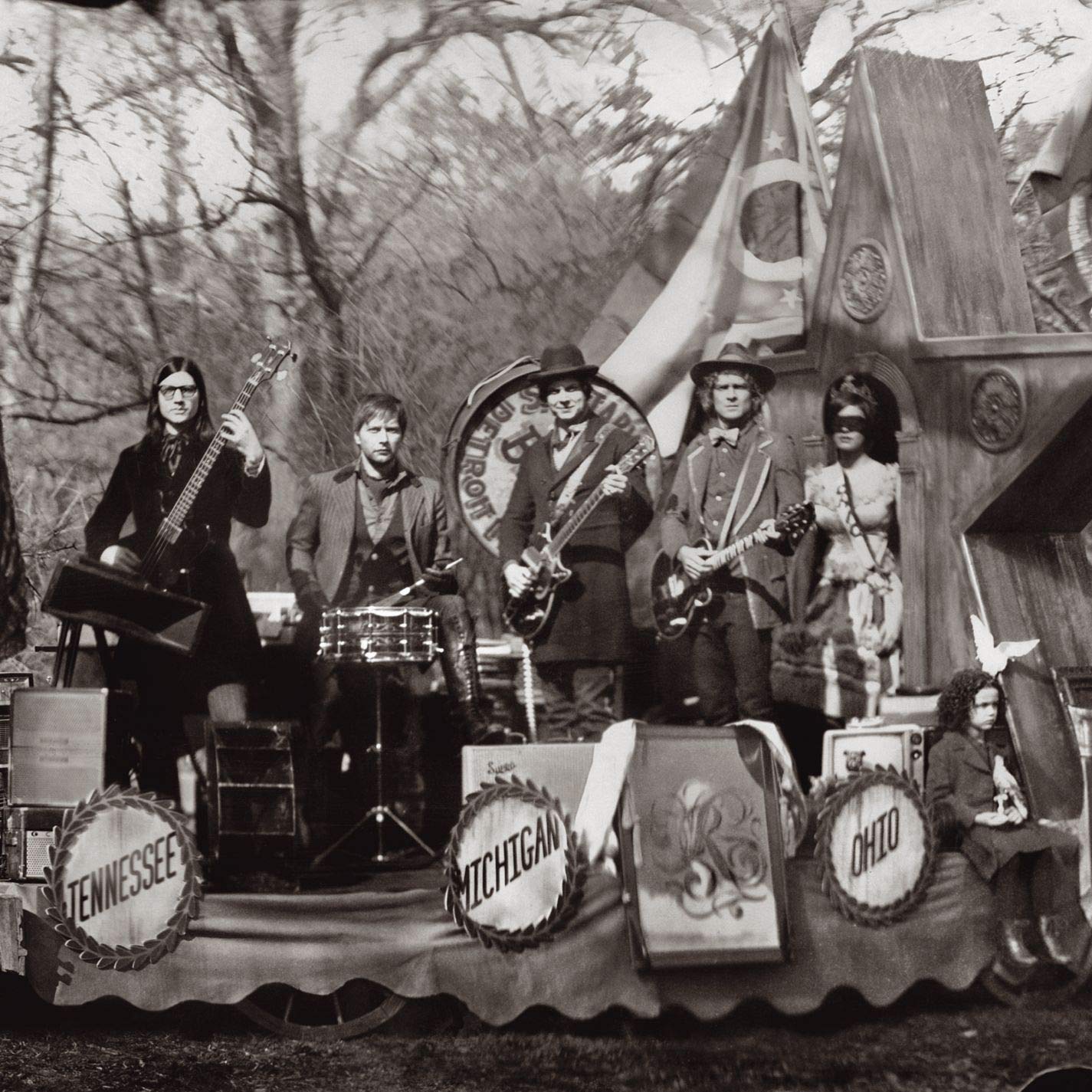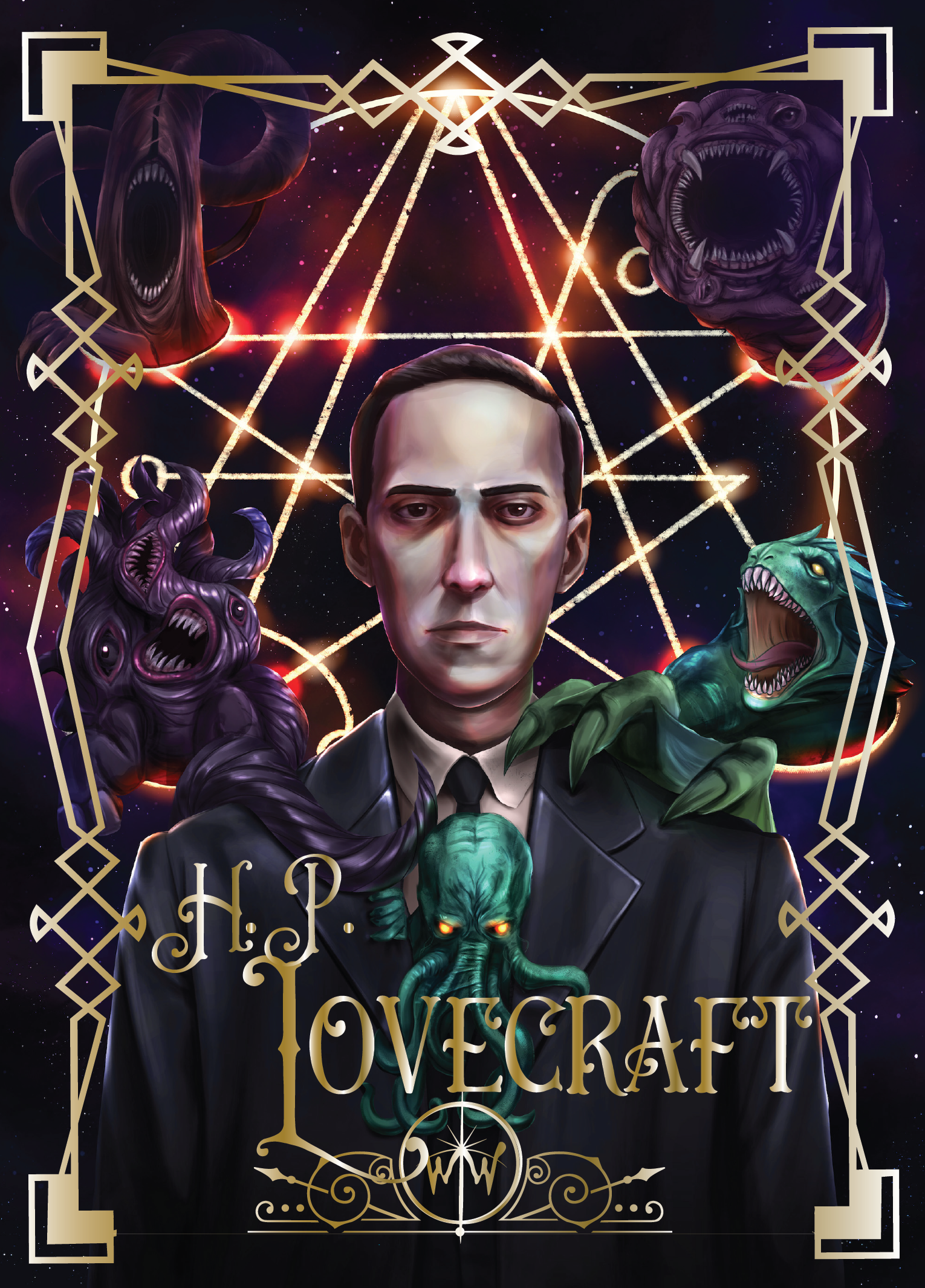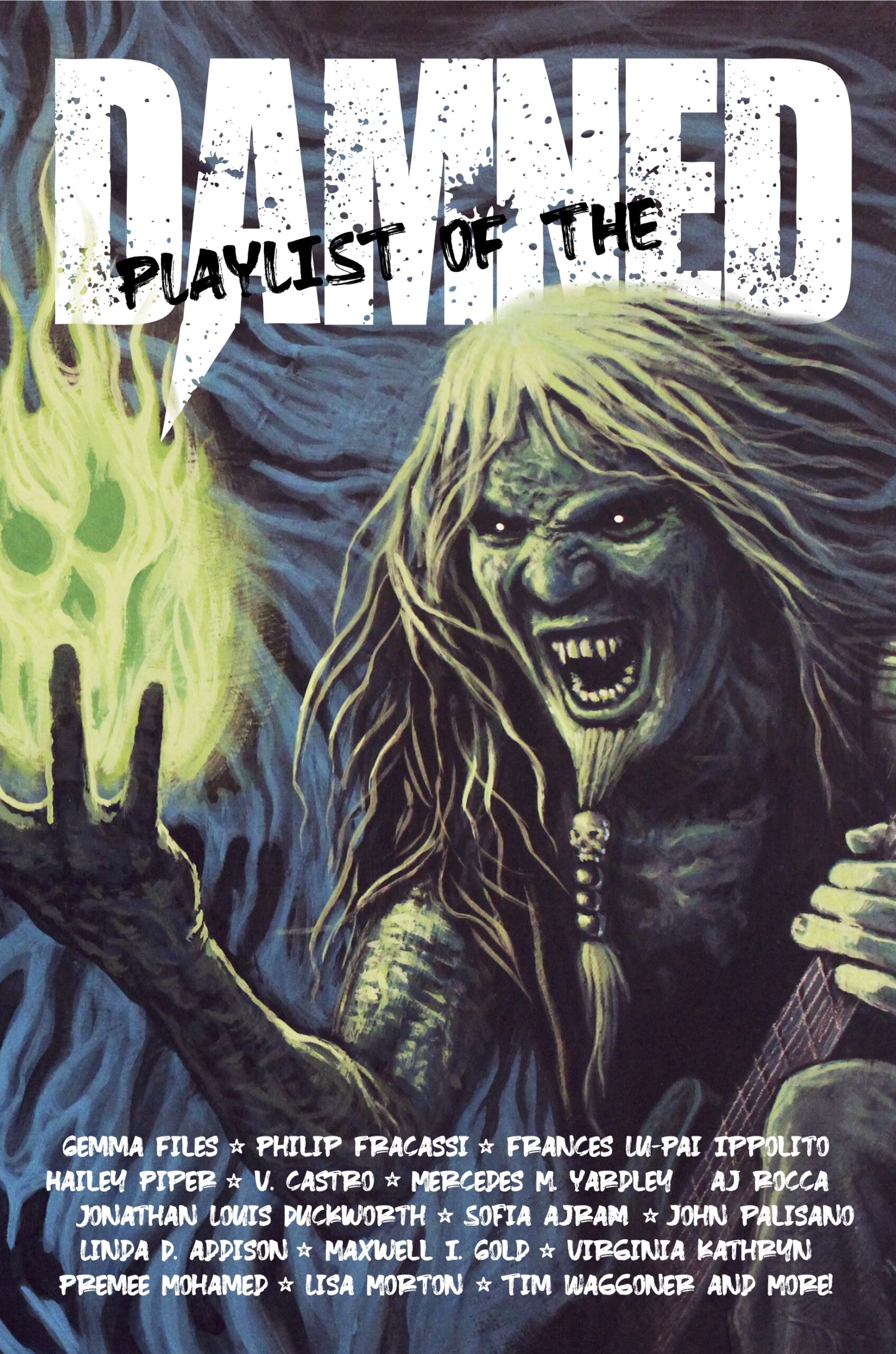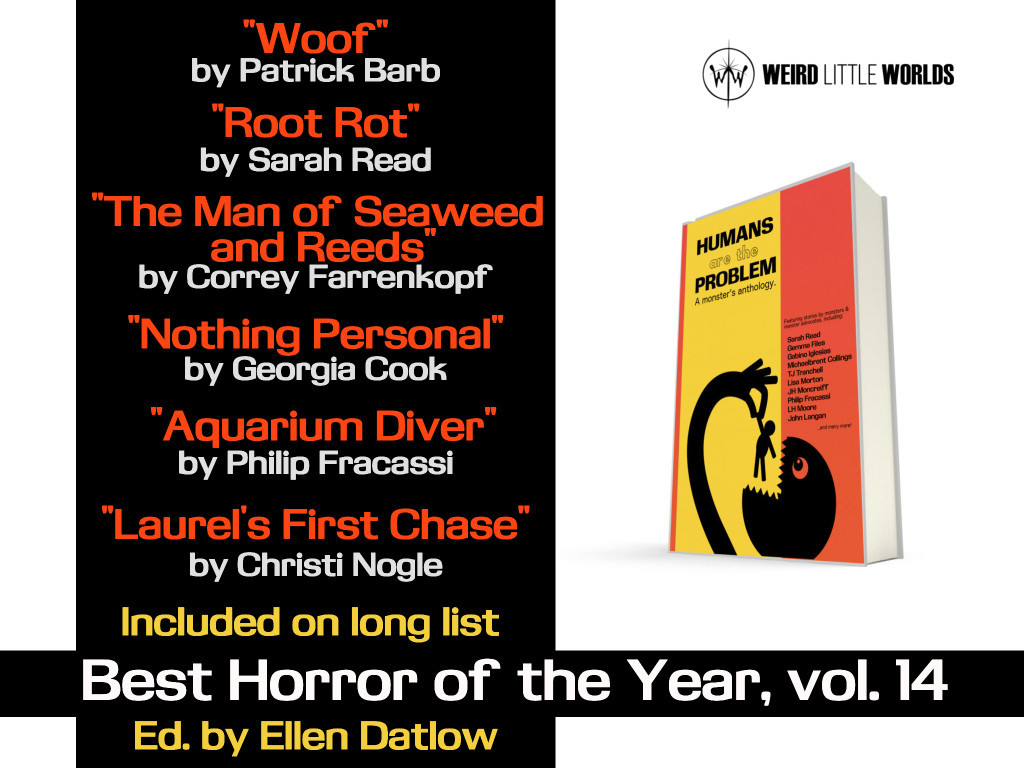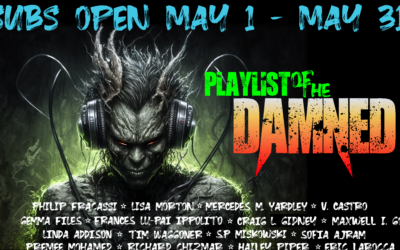While I love good flash fiction (and microfiction even more), it’s only fair to tell you that this is a post about Jack White.
I have a thing for Jack White.
Although there are a thousand fantastic songs that tell stories—Carrying Cathy, by Ben Folds Five, Me and Bobby McGee, by Janis Joplin, Ode to Billie Joe, by Bobbie Gentry, Lola, by the Kinks, Bonnie and Clyde, by Eminem (although the Tori Amos version is better)—none has hit me so hard with its brilliant storytelling than Carolina Drama, by the Raconteurs. I’ll wait a second and let you catch up.
So, in an effort to explore the amazing form that is microfiction (or flash fiction) I couldn’t help devoting an entire blog post to one of the most overlooked microfiction styles – the song. And who better, (or more talented, or greasier) to teach us than brilliant Mr. Jack White himself.
1. Microshort
At 586 words, this is deep in flash fiction country. And yet, he has managed to build a completely engaging, fully circular story within those few words, replete with dialogue, imagery, and conflict.
2. A Hook That Makes the Reader Ask Questions
Authors of novels spend hours and days working out the first lines of their 90,000-word masterpieces. I think that this opening rivals some of the best.
“I’m not sure if there’s a point to this story,
But I’m going to tell it again.
So many other people try to tell the tale,
Not one of ’em knows the end.”
We are intrigued. Suddenly we are transported to the feet of an old-timey stew bum in a Depression-era vagrant camp, who is telling us tales over cans of burning beans. The best part? No one knows the end to this story. And, hopefully, we’ll finally get to the bottom of the mystery. It’s a perfect hook that keeps the reader interested and always asking questions.
3. Fast and Seamless Setting and Character Setup
Once again, almost 100% of the backstory is given within 100 words. Fantastic image-provoking phrases like “junk house,” “triple loser with some blue tattoos,” “red-headed…priest,” and “redneck bastard,” easily set the stage for the drama that we are about to see. Also, note how quickly he gives us all the characters in the story. This is a natural setup when doing oral storytelling, and a good lesson for microfiction. There is no reason a storyteller should wait to tell us who is involved, unless there is a clear setup so that the character can enter later (which Jack does for the little brother and milkman in this story).
4. Opening with Action
Although you could say that this is an overtly violent way to begin a story, almost as if it’s built to shock the audience, I think that Jack effectively uses it to engage us in the action. Note the use of verbs throughout the story. As the story is ramping up, we have a lot of passive action, “He was a triple loser,” “He took a peep,” “Boyfriend…has his gloves wrapped around.” When we move into the real action part of the story, these passive verbs become active: broke in, looked, smashed, shouted. This clearly reflects the mood of the main character as moving towards action.
5. Clean, Clear Dialogue
In a lot of narrative poetry and music, you don’t really get a lot of dialogue. Jack White does a fantastic job of incorporating actual dialogue that fits his characters right into the musical schema of the song. He also follows one of the vital rules of working with dialogue, especially in short fiction. If you don’t need an attribution, don’t use it. And, although he uses “shouted” a couple of times as the preceeding dialogue verb, he mainly sticks with “said,” which is always a good choice when writing short fiction.
6. Vibrant Imagery
Jack takes advantage of his words, creating clear images (often related to color) in the reader’s mind. The priest is the “red-headed head.” The boyfriend has “blue tattoos.” After Billy hits his stepdad in the face, the “white milk drips down with the blood.” Jack White also takes advantage of metaphor in describing the mother as a “ghost, too afraid to cry,” Another great image is the idea of a “junk house.” With just two words, Jack is able to set the scene for us, complete with a broken down truck on blocks, scrabbly dirt lawn and a dirty trailer with the paint peeling off.
7. Interesting Conflict and Suspenseful Story Building
From the opening lines of the story, we know that the conflict is going to have to do with the “triple loser…with the drunk temper.” We are ready for it. What we’re surprised by is that Billy wakes up to his crazy step-dad choking a priest. What is even more surprising is that Billy knows who this man is. Every new stanza brings us a little more information, but not so much that all the questions are answered.
This is an excellent use of conflict to maintain suspense in the storyline. Each new line gives us slightly more insight and ramps up the conflict, pushing us towards the defining moment when Billy kills his stepfather and his mother reveals that his real father has been supporting them anonymously.
Finally, as Billy brings the story to a close by suggesting they run away, the previously unseen character walks in, “with a milkman’s hat and a bottle of gin. Even here, at the end of the song, we feel as though there is a missing piece. We are asking questions even as the storyteller brings the story to a close.
8. Pacing
In the beginning of this story, the pace is laid back. Remember: we’re being told this story beside a campfire, probably in a hushed voice. During the exposition, the story is still moving slowly, with stanzas breaking down into 4 lines each with about . As the action moves towards the climax, however, the pacing of the music intensifies, speeding up a little. In addition, the stanzas begin to be broken up into 4 lines, with almost double the beats in each line. Also, the easy spaces between the couplets is gone.
As the climax is reached when Billy’s little brother comes in, the background voices slow the pace back down. This mimics the circular structure of the story, pulling us out of the action and bringing us back to the campfire to talk about the story as a whole in slow, measured breaths.
9. Circular Structure
Although not all fiction has a circular structure, I’m of the opinion that circular structure is some of the most satisfying storytelling. In the end of the story, we are left with the image of Billy’s little brother walking in on the ghostly mother, Billy, the Stepfather Killer and what looks like two dead bodies while he is holding a bottle of gin, wearing a milkman’s hat and singing. This is a violent, visceral image that is incredibly unique.
And still, we don’t know what’s going to happen. Why is the little brother holding a gin bottle? Why is he wearing the milkman’s hat? What does the family decide to do?
It is then that we realize that our storyteller, Mr. White, began his story by telling us that know one knows how this story ends. The tale comes full circle, and we feel like we’ve been robbed. But, the final line resonates, almost like the punchline to a joke: “If you want to know the truth about the tale, go and ask the milkman.”
10. Leave the Reader Thinking
Jack does a great job using his final lines to really get into the reader’s mind and keep them wondering and mulling over the events in the story. He does this with a final “twist” in the storyline that keeps us guessing about what the final conclusion of the conflict was.
We realize is that there is a final character in this story that has been unseen the whole time. He delivered the milk bottle that killed the boyfriend. He provided the hat that Billy’s brother wears in the end. He is a vital part of the story, and possibly the only person who knows the real ending. Even though we don’t find out what happens, there is some resolution knowing that SOMEONE does, it just doesn’t happen to be our storyteller.

Willow Dawn Becker is an author, voice personality, marketing maven, and entrepreneur. She co-founded Weird Little Worlds Press in 2020 despite a raging pandemic and huge personal losses. Her work can be found at Black Fox Literary Magazine and Space and Time Magazine. She lives in Utah with her family and pug-huahua, Indiana Bones.

